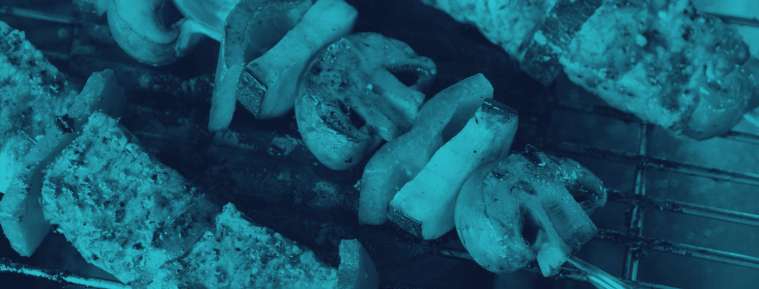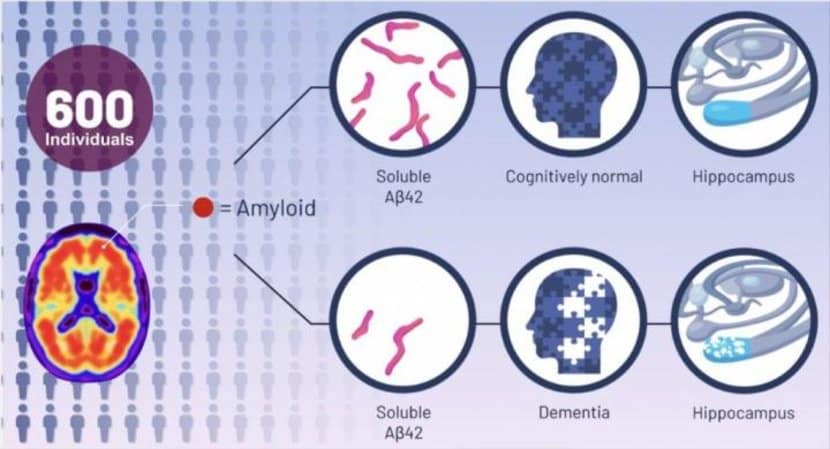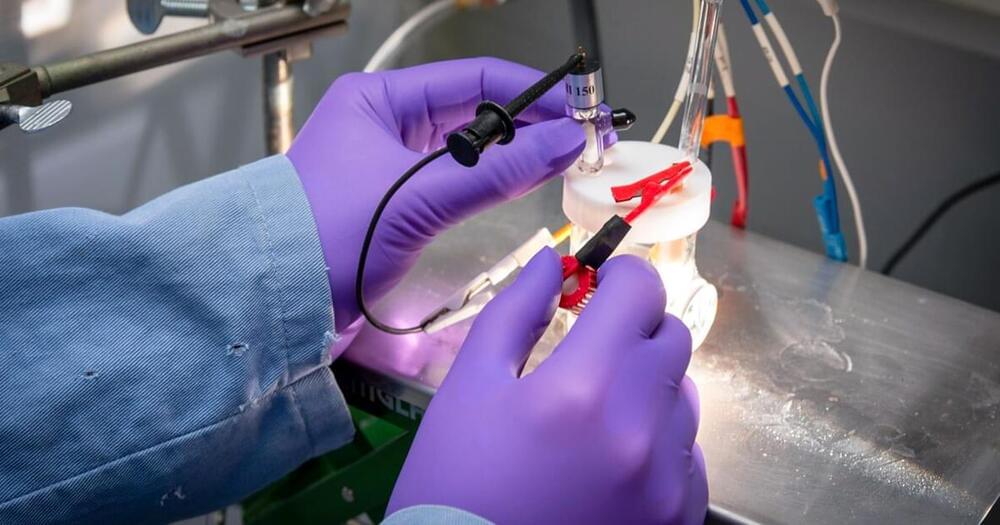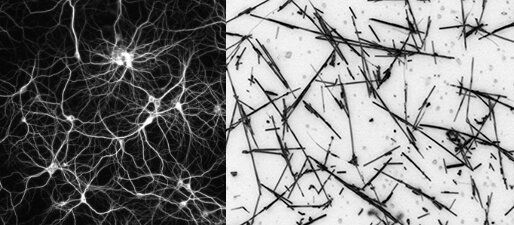Short of ceasing your grilling activity, there’s no way to completely avoid AGEs, PAH, and HCA when enjoying a summer barbecue. That said, there’s plenty you can do to reduce your carcinogen risk while enjoying smokey flavors over the summer.
Affiliate Disclaimer: Longevity Advice is reader-supported. When you buy something using links on our site, we may earn a few bucks.
Hickory and oak wood and charcoal are the scents of summer. I associate that campfire smell with fireworks, screaming with neighborhood kids while jumping through a lawn sprinkler, and Dad at the grill with a Blue Moon in hand. Barbeque is a wonderful pastime. So help me, nothing will pry it out of my red-blooded American hands, especially not on the Fourth of July.
And that’s a bit of a problem, as I’m also pursuing human life extension. I’m not talking about the potential fire hazard that grilling is (or the associated $37 million of property damage they cause every year). The trouble is carcinogens. There are a lot of well-established barbecue health risks.







